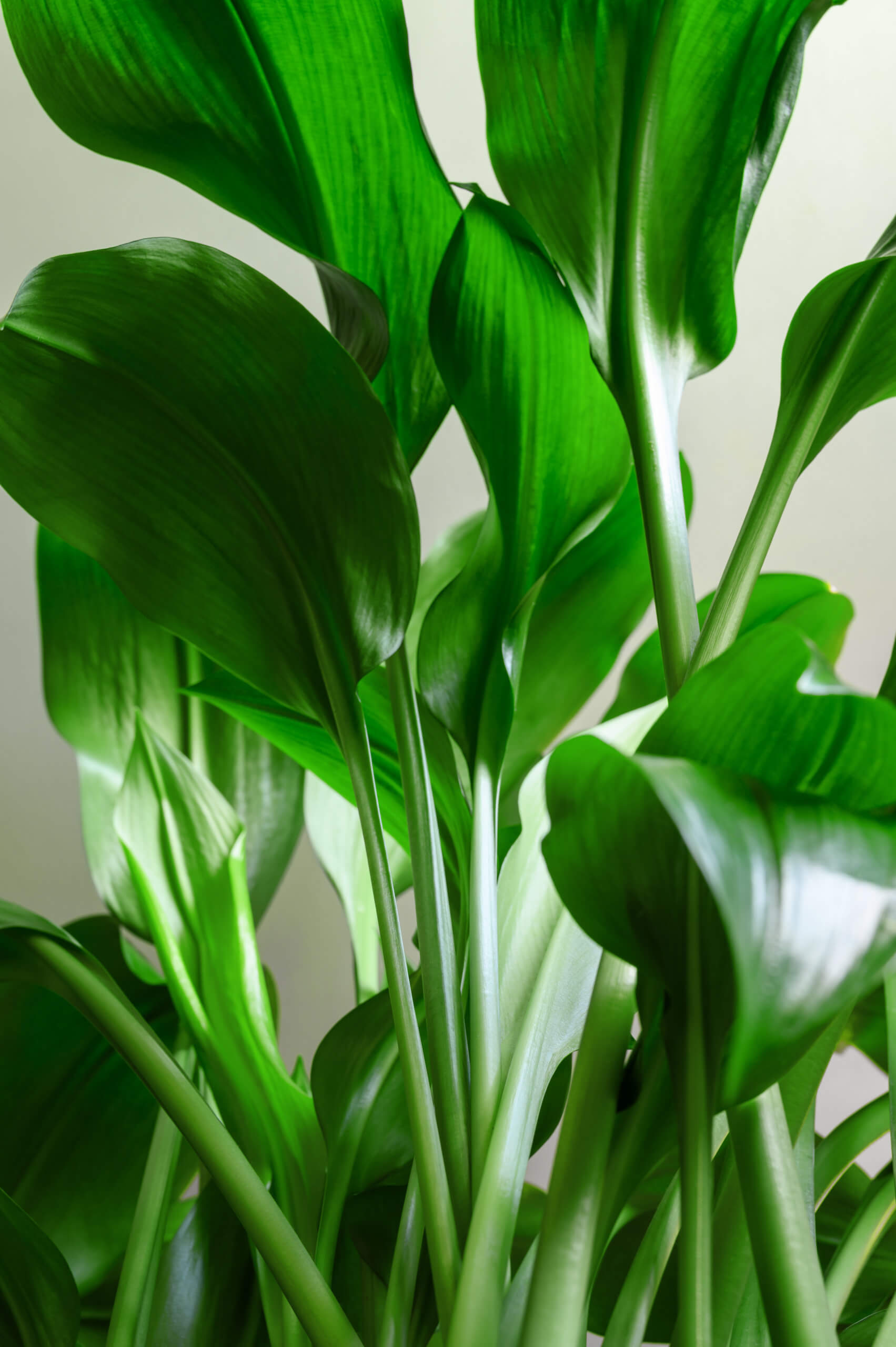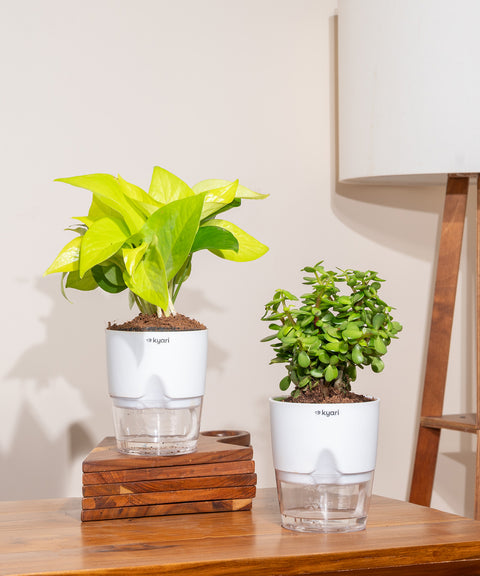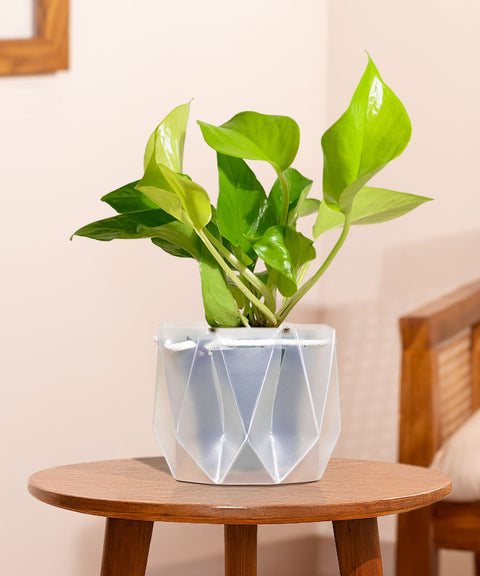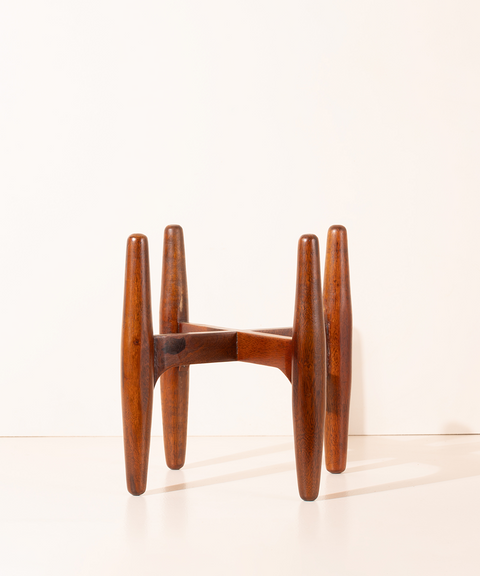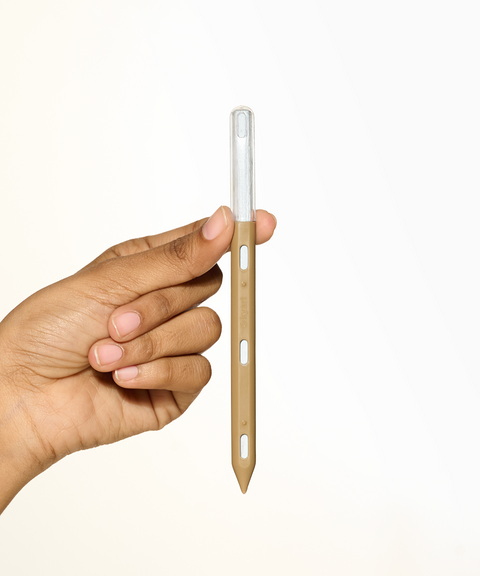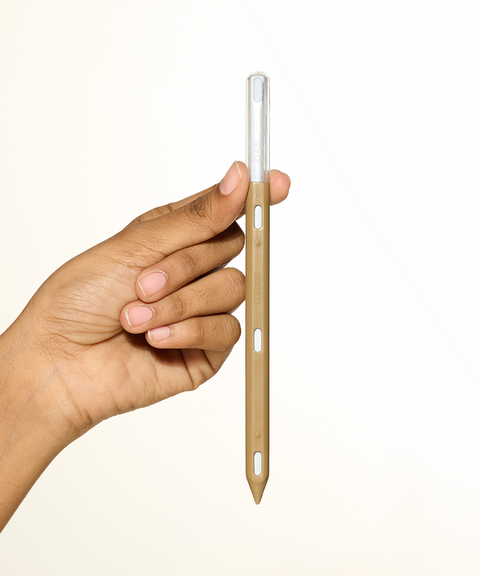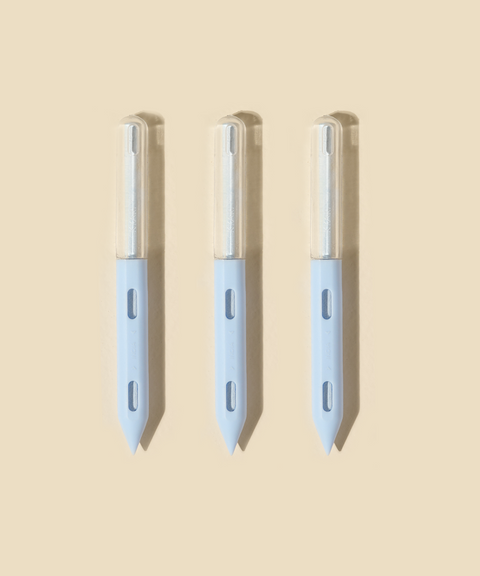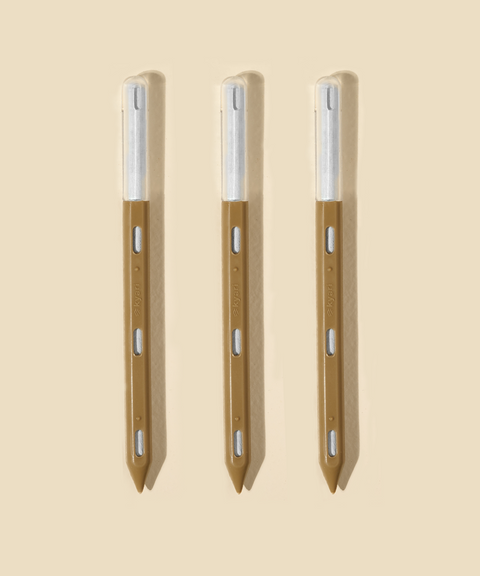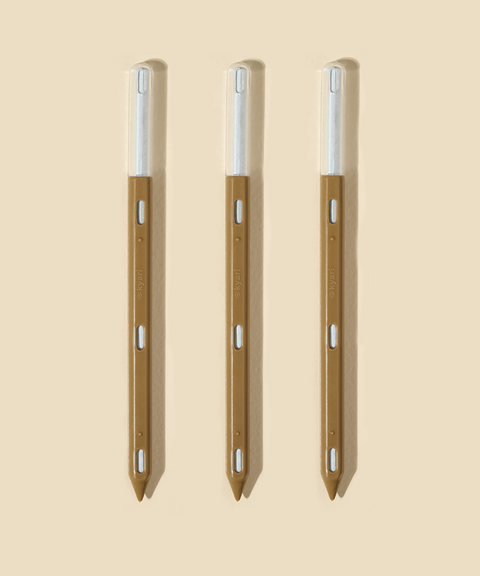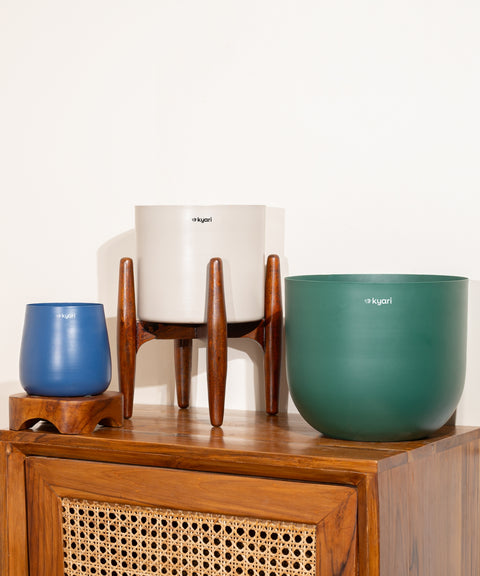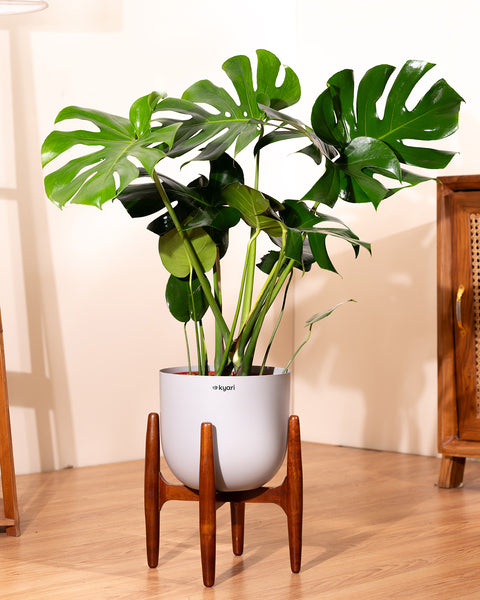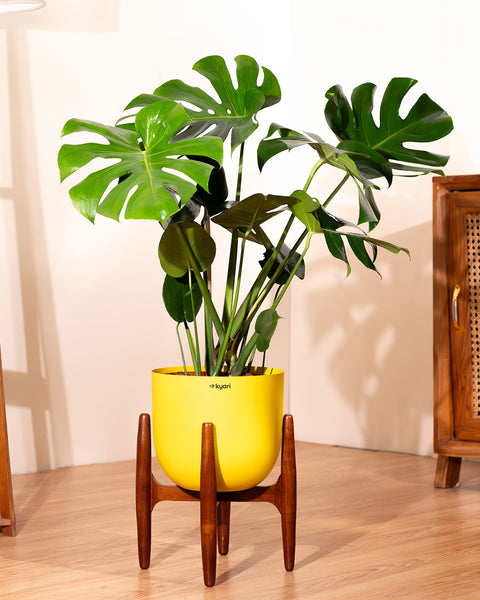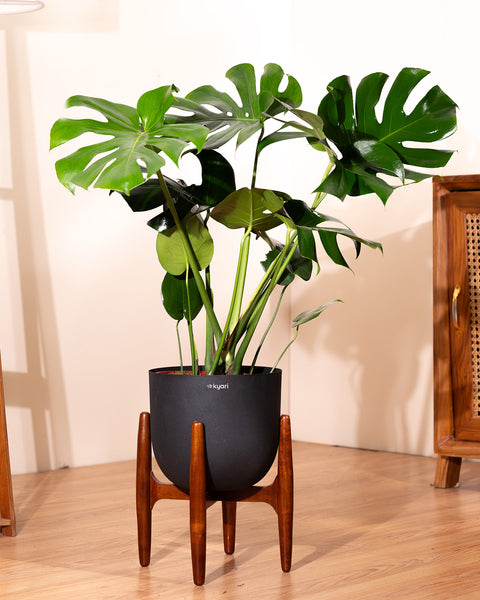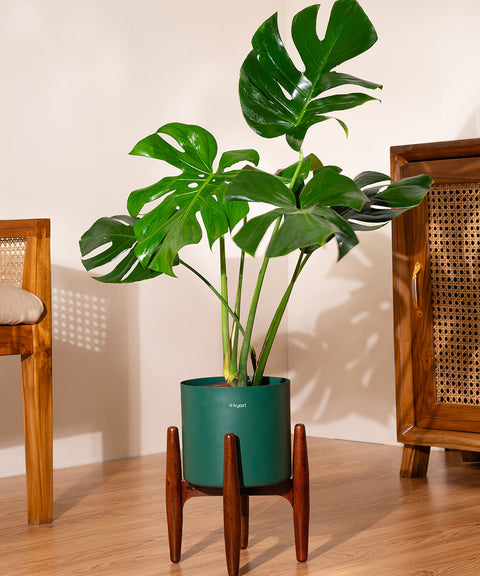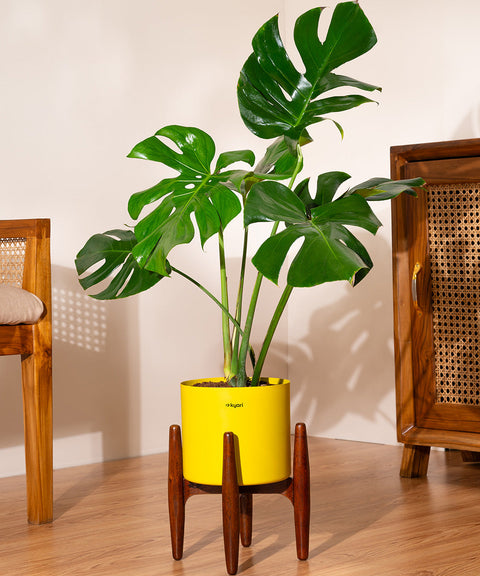Care guide
Cast Iron plants prefer low to moderate light conditions. They can tolerate low light levels, making them ideal for areas with limited natural light. However, they can also adapt to brighter conditions, but direct sunlight should be avoided as it can scorch the leaves. Place them in a spot that receives indirect or filtered light.
Cast Iron plants are adaptable to a wide range of temperatures. They prefer average room temperatures between 60°F and 75°F (15°C and 24°C). They can tolerate temperatures as low as 45°F (7°C) and higher temperatures, but avoid exposing them to extreme temperature fluctuations or drafts.
Cast Iron plants have low to moderate water requirements. They prefer to be kept evenly moist but not waterlogged. Allow the top inch (2.5 cm) of soil to dry out slightly between waterings. Water the plant thoroughly, allowing excess water to drain away. Avoid overwatering, as it can lead to root rot.
Use a well-draining potting mix for Cast Iron plants. A mixture of peat moss, perlite, and potting soil works well. Good drainage is important to prevent waterlogging, as these plants are sensitive to overly wet conditions.
Cast Iron plants can tolerate normal household humidity levels. However, they can benefit from occasional misting or placing a tray of water and pebbles near the plant to increase humidity around it. This can be particularly helpful in dry indoor environments.
Cast Iron plants have low nutritional needs and can survive with minimal fertilization. You can feed them with a balanced, water-soluble fertilizer diluted to half the recommended strength. Apply the fertilizer every two to three months during the growing season (spring and summer). Avoid overfertilization, as it can cause leaf burn.
Cast Iron plants are slow growers and typically do not require frequent repotting. They prefer to be slightly root-bound, so choose a pot that allows for some growth but is not excessively larger than the plant's root system. Repotting every two to three years or when the plant has outgrown its current pot is generally sufficient.
Pruning requirements for Cast Iron plants are minimal. However, you can trim off any yellow or brown leaves or remove damaged foliage to maintain the plant's appearance. Trim the leaves at the base, close to the soil level.








 Limited Time Deal
Limited Time Deal
 BYOB - Small Plants
BYOB - Small Plants






